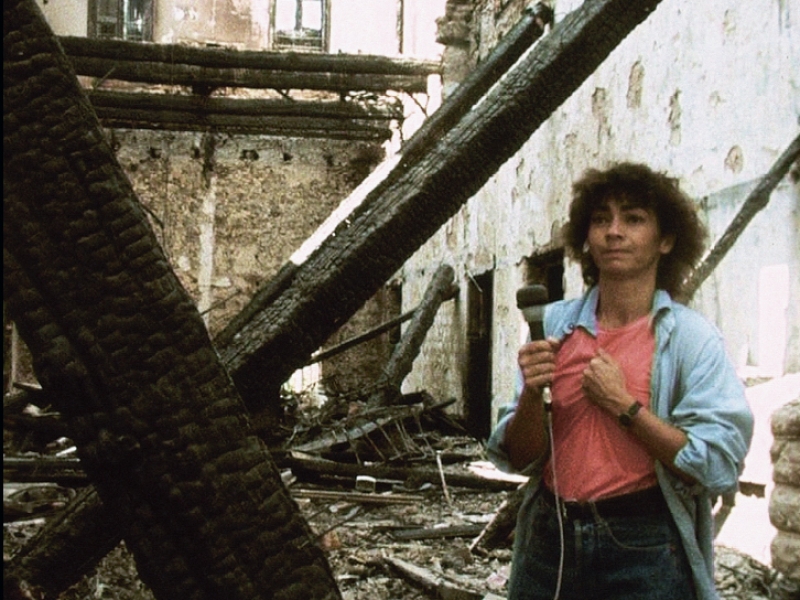
Reporter, photographer, screenwriter, producer, director, visual artist, founder of the Cultural Resistance International Film Festival, Jocelyne Saab was born and raised in Beirut. Her work has been devoted entirely to underprivileged populations, displaced peoples, exiled combatants, war-torn cities, and those in the fourth world without a voice. Her creative journey has been one of the most exemplary and profound, rooted completely in historical violence, the multiple ways in which one can participate in it and resist it, and the awareness of the gestures and images needed to document it, reflect on it and remedy it.